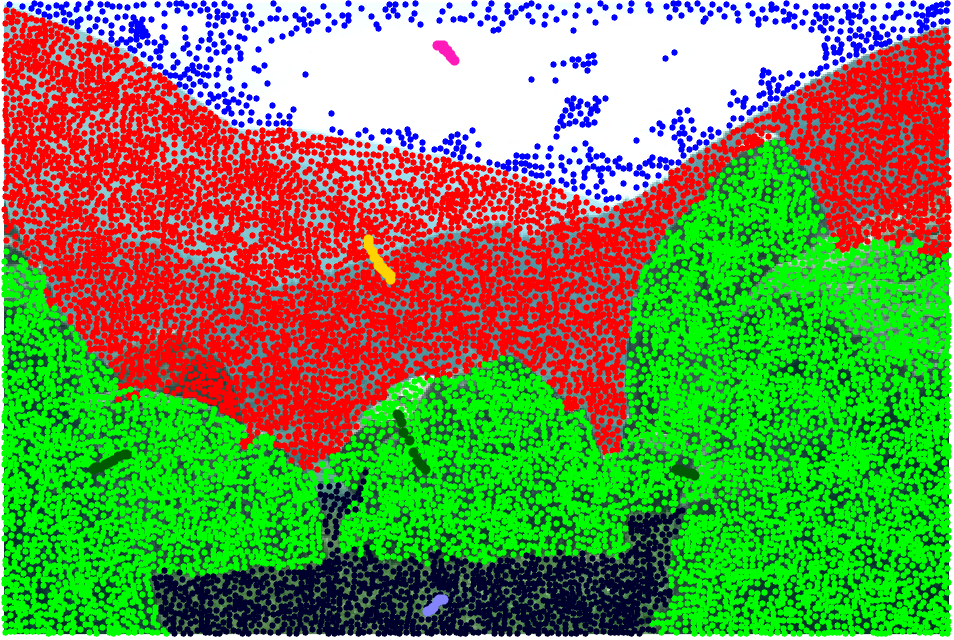Graph Clustering for Image Segmentation
|
|||||
Overview |
|||||
| This work focuses on developing supervised graph-based clustering methods by studying graph-diffusion processes. Inspired by the Susceptible-Infected-Recovered (SIR) model in mathematical epidemiology, we develop two new algorithms based on the Random Walker algorithm. The first one is called Normalized Random Walker (NRW) and introduces the nodal degree information in the diffusive scheme hence the steady state of NRW.
The second method is the Normalized Lazy Random Walker (NLRW) that incorporates a free parameter α to express the tendency of nodes to maintain their infection status. Both methods delivered competitive results compared to other methods and can be directly applied to arbitrary graphs (such as the Region Adjacency Graph or a k-nearest neighbor graph), regular 2D grids (pixel-based versions of the NRW and the NLRW) and 3D point clouds. |
|||||
|
|||||
|
|||||
People |
|||||
|
|||||
Publications |
|||||
|
|||||
SoftwareArchitecture Dependencies Current Version C. G. Bampis, P. Maragos and A. C. Bovik, Graph-Driven Diffusion and Random Walk Schemes for Image Segmentation, IEEE Transactions on Image Processing, vol. 26, no. 1, pp. 35-50, Jan. 2017. The earlier implementation release (version 1 – December 2015) was based on our earlier work: C. Bampis and P. Maragos, Unifying the random walker algorithm and the SIR model for graph clustering and image segmentation, Author and Contact Information The software can be downloaded here: [download software] |
|||||



